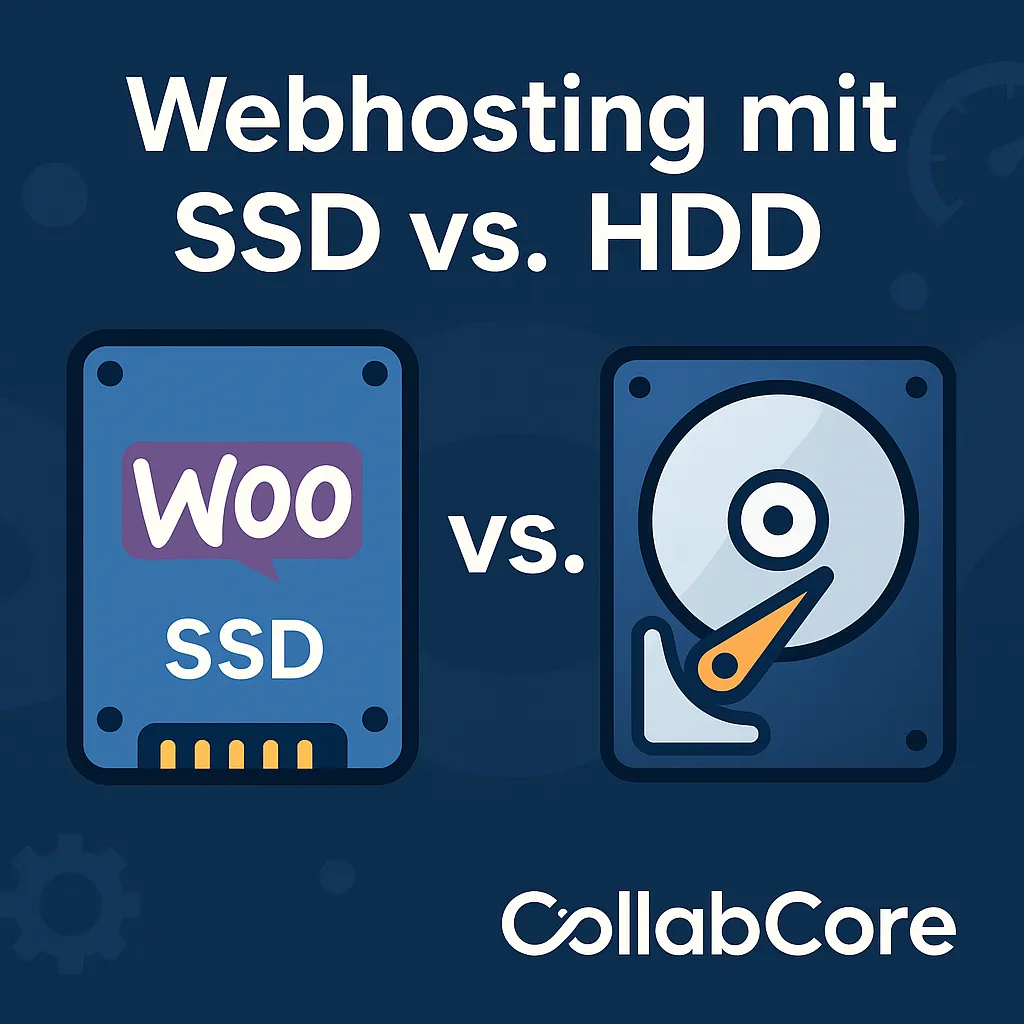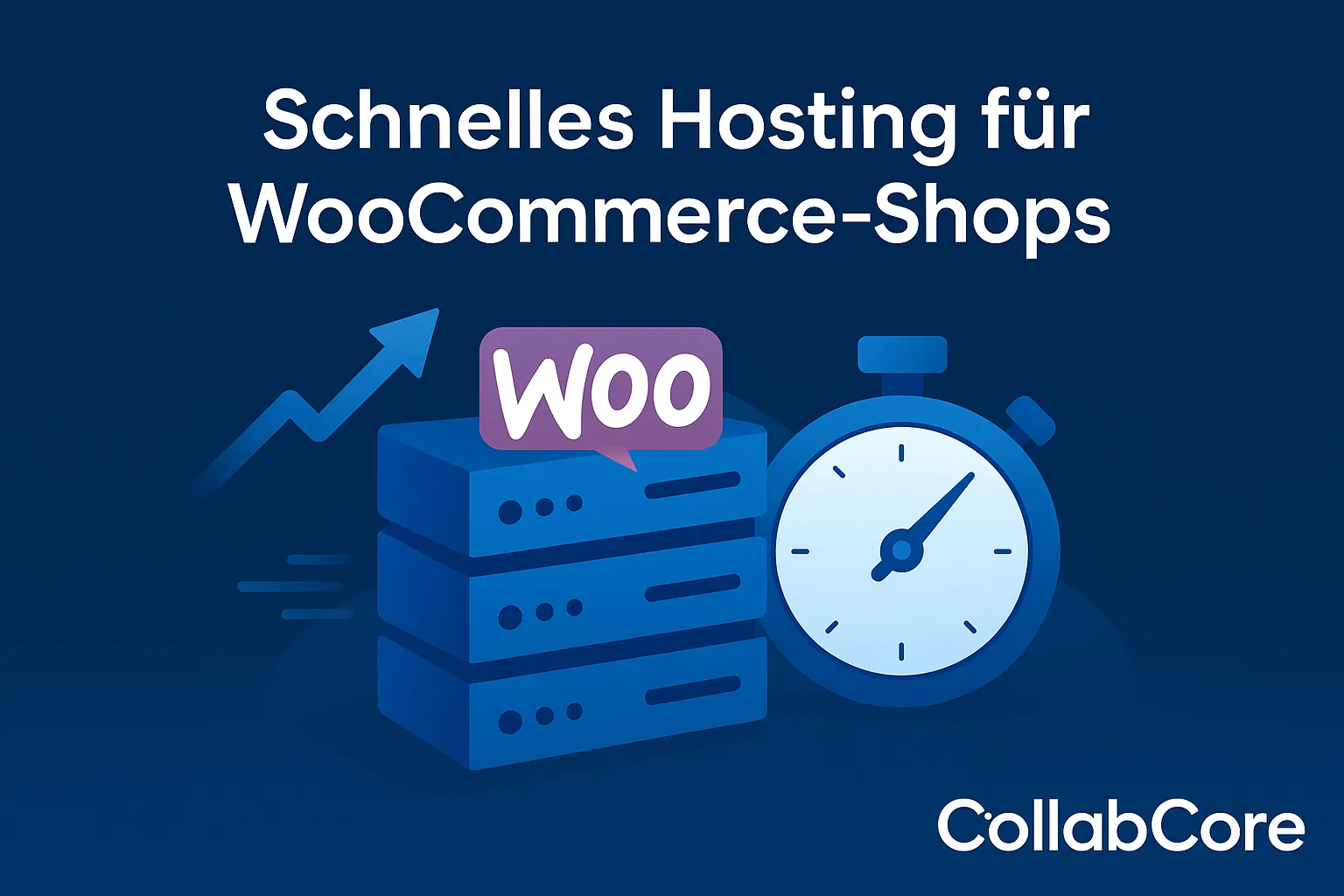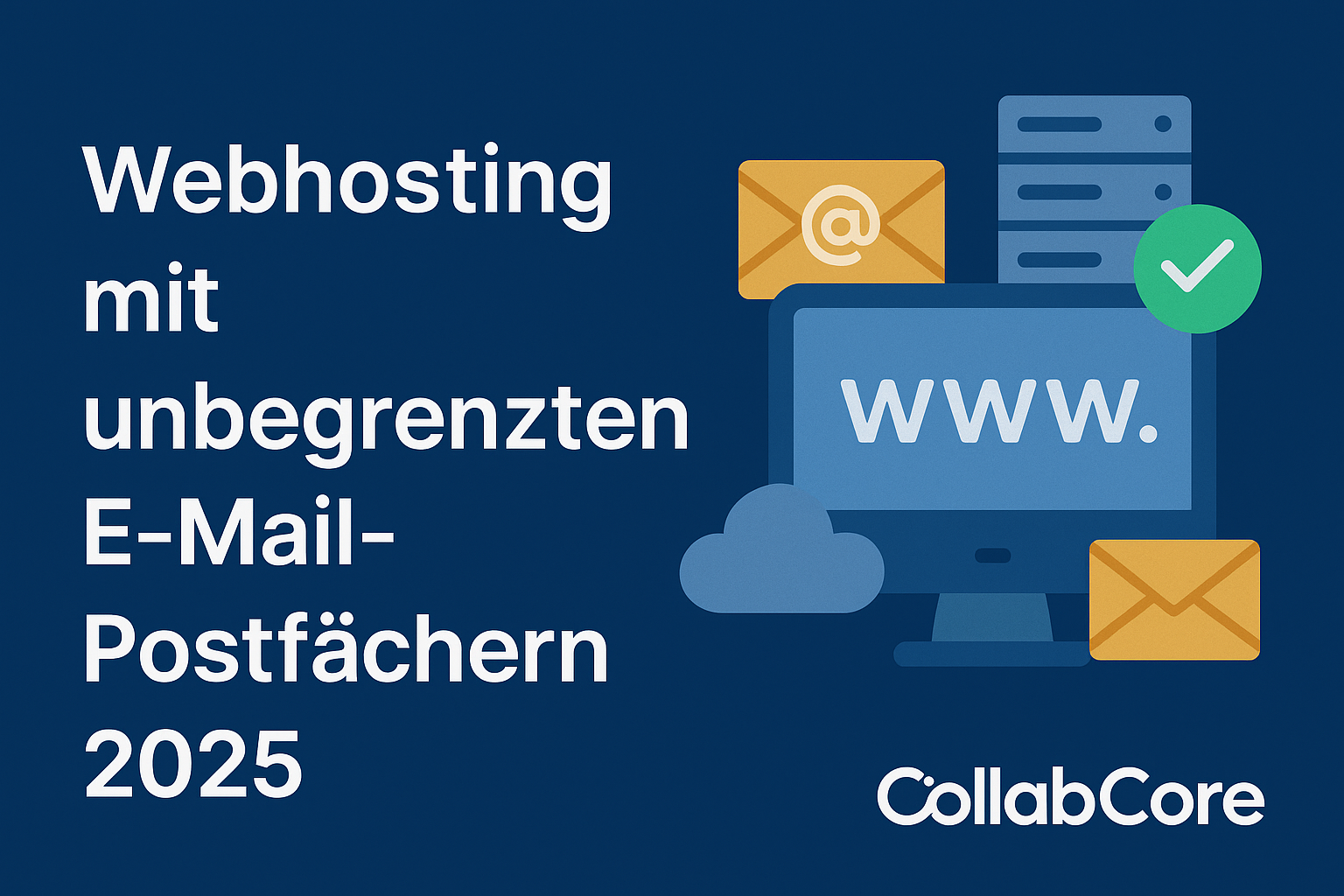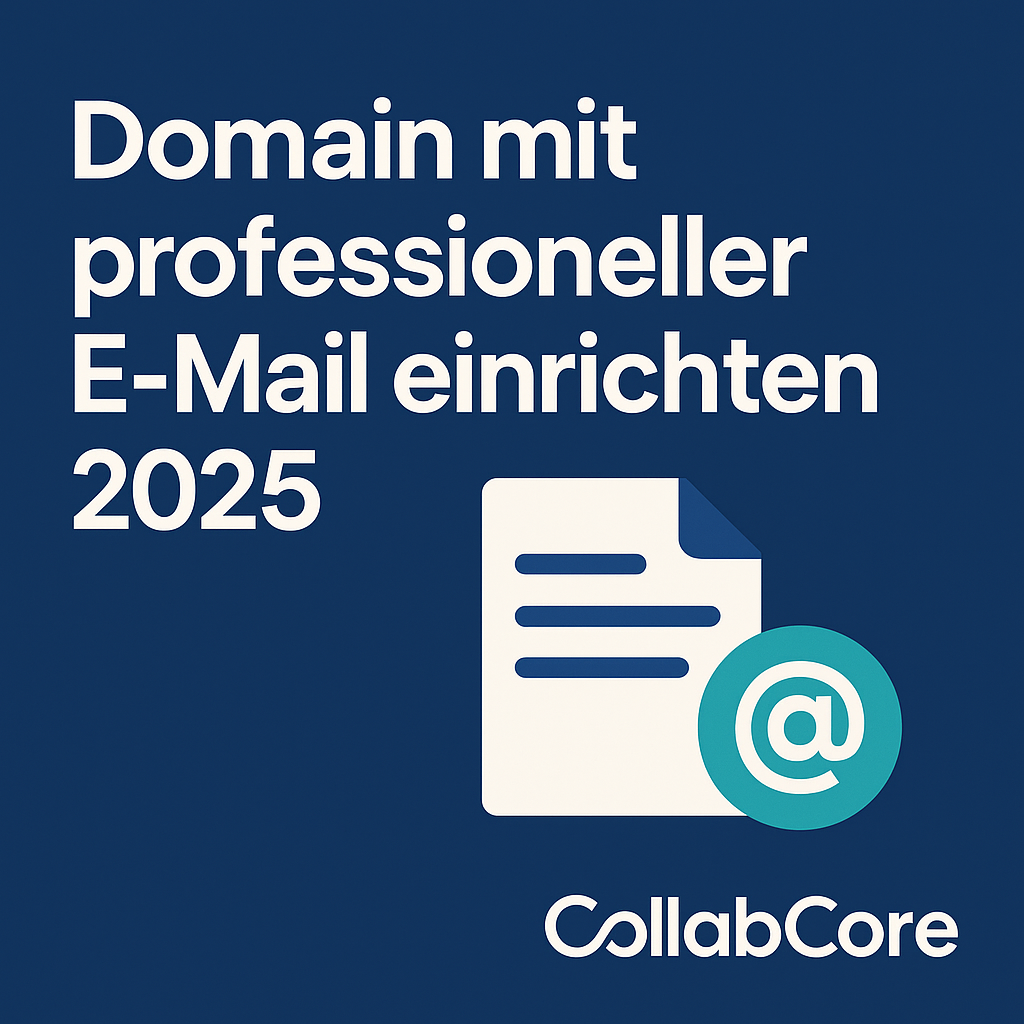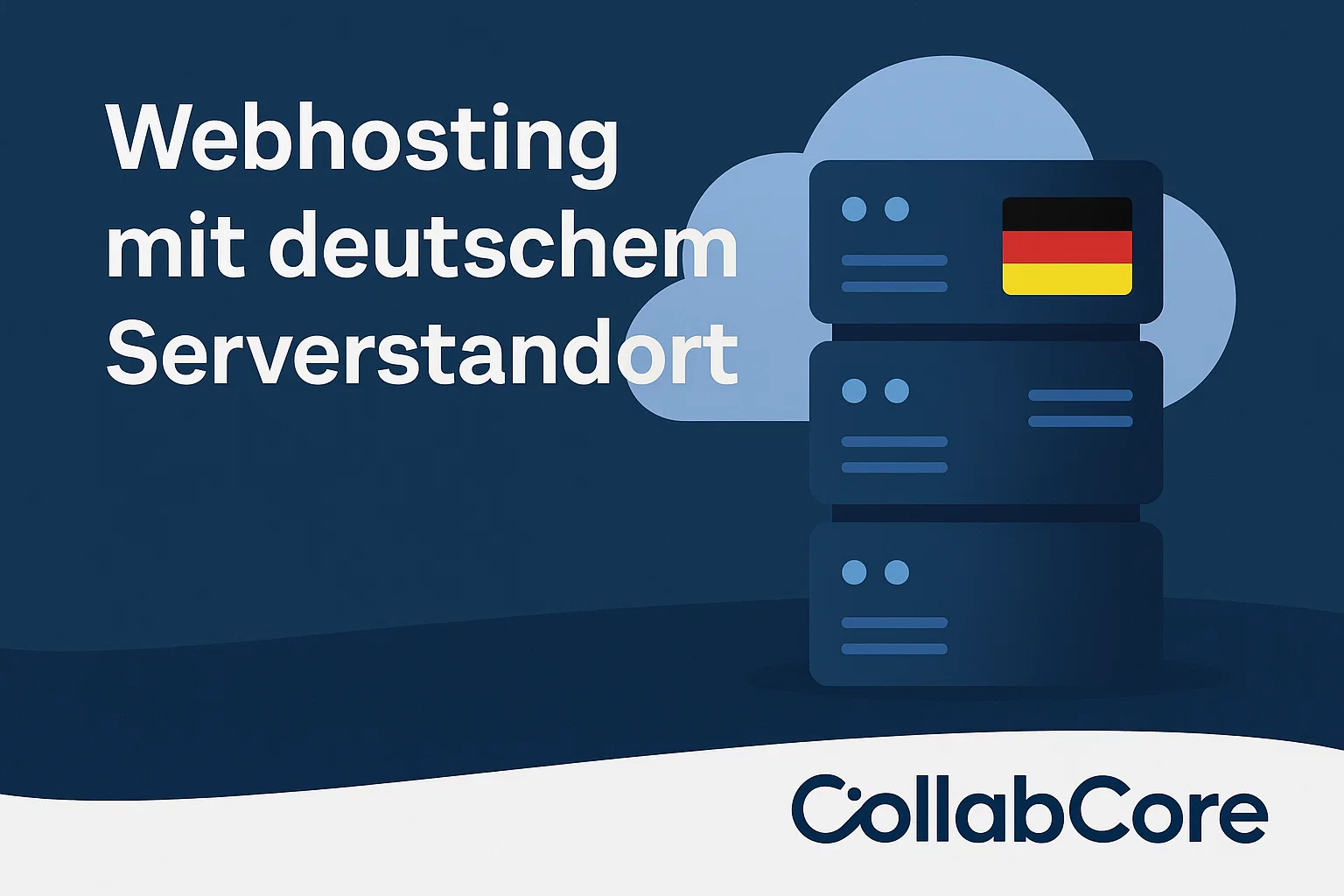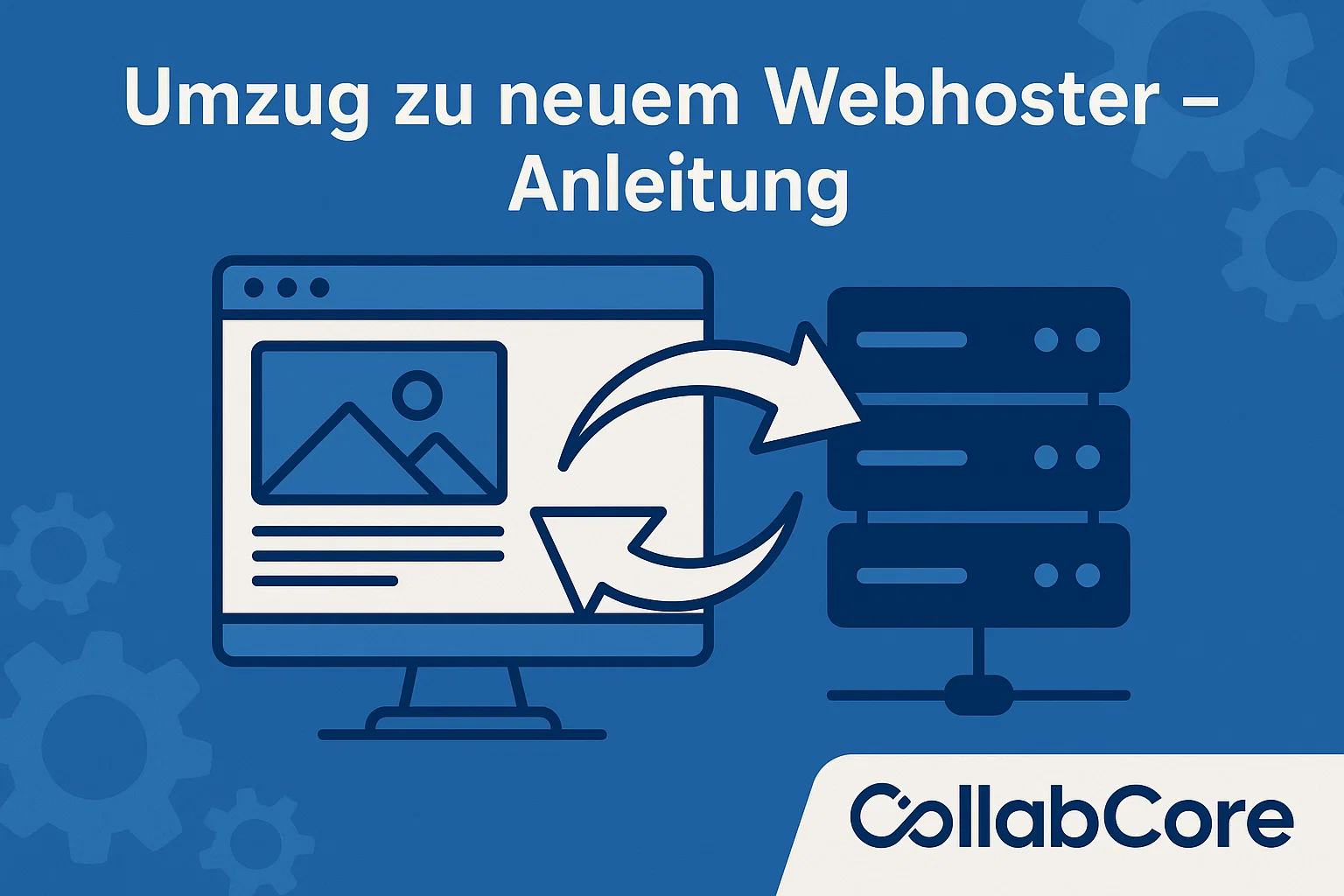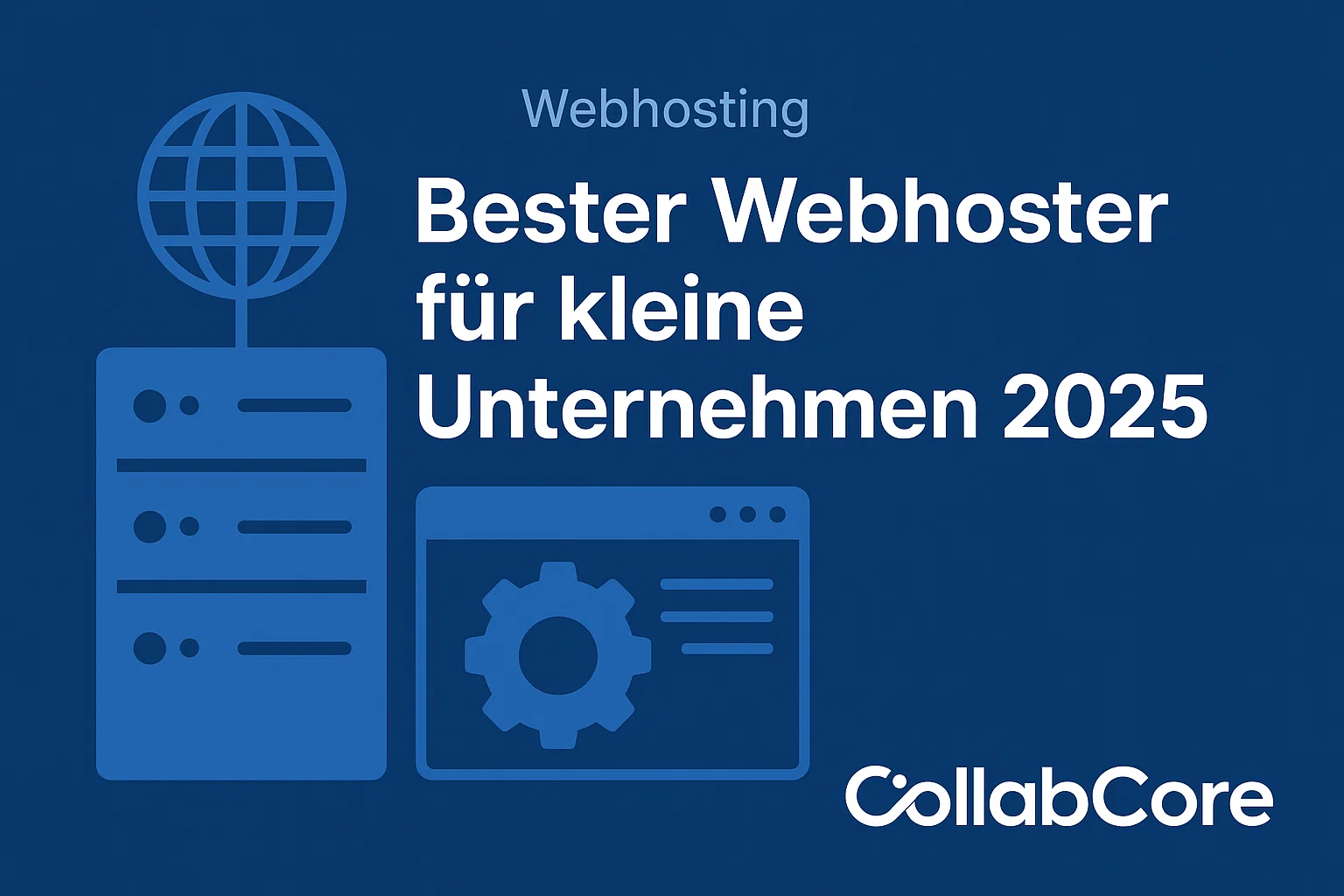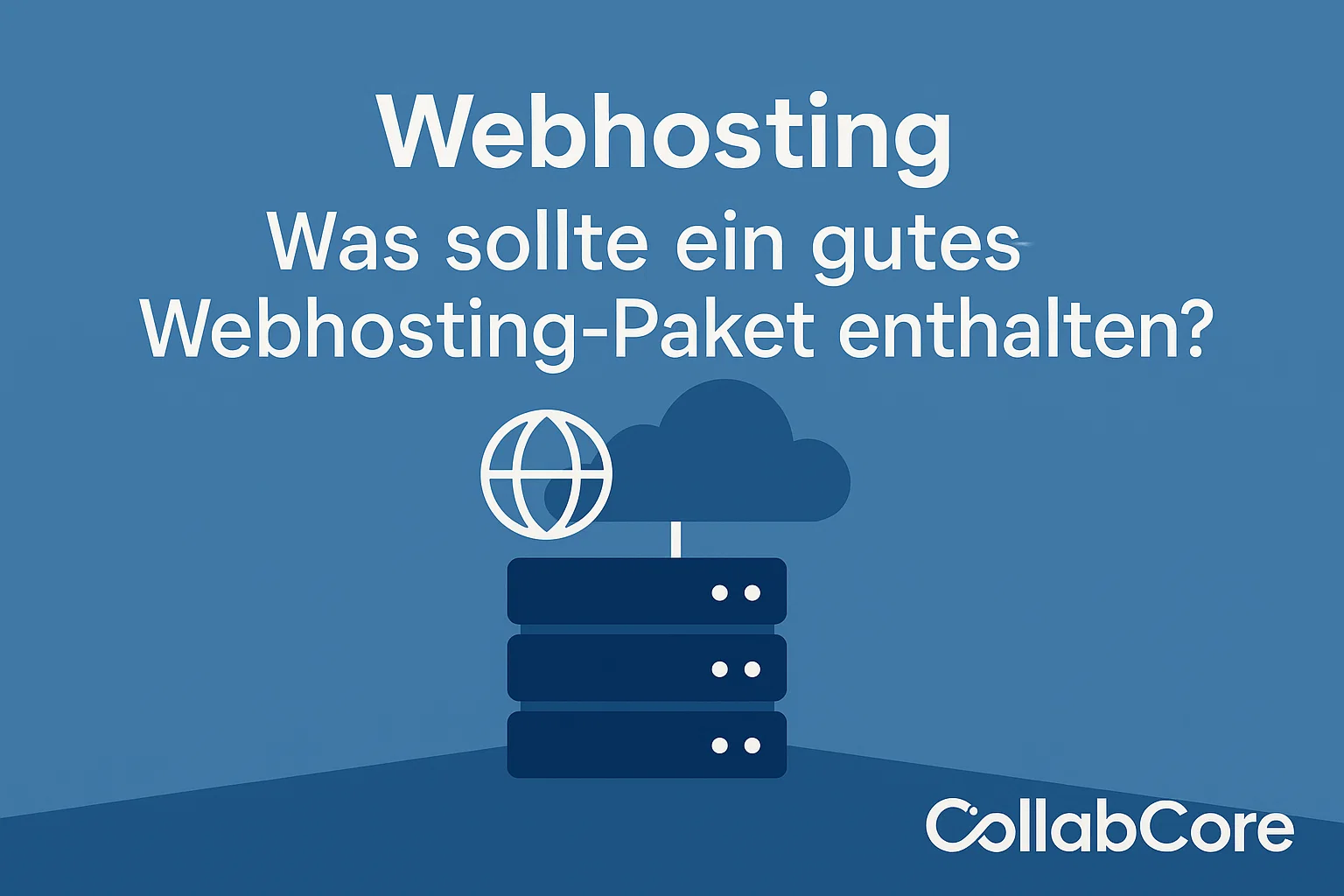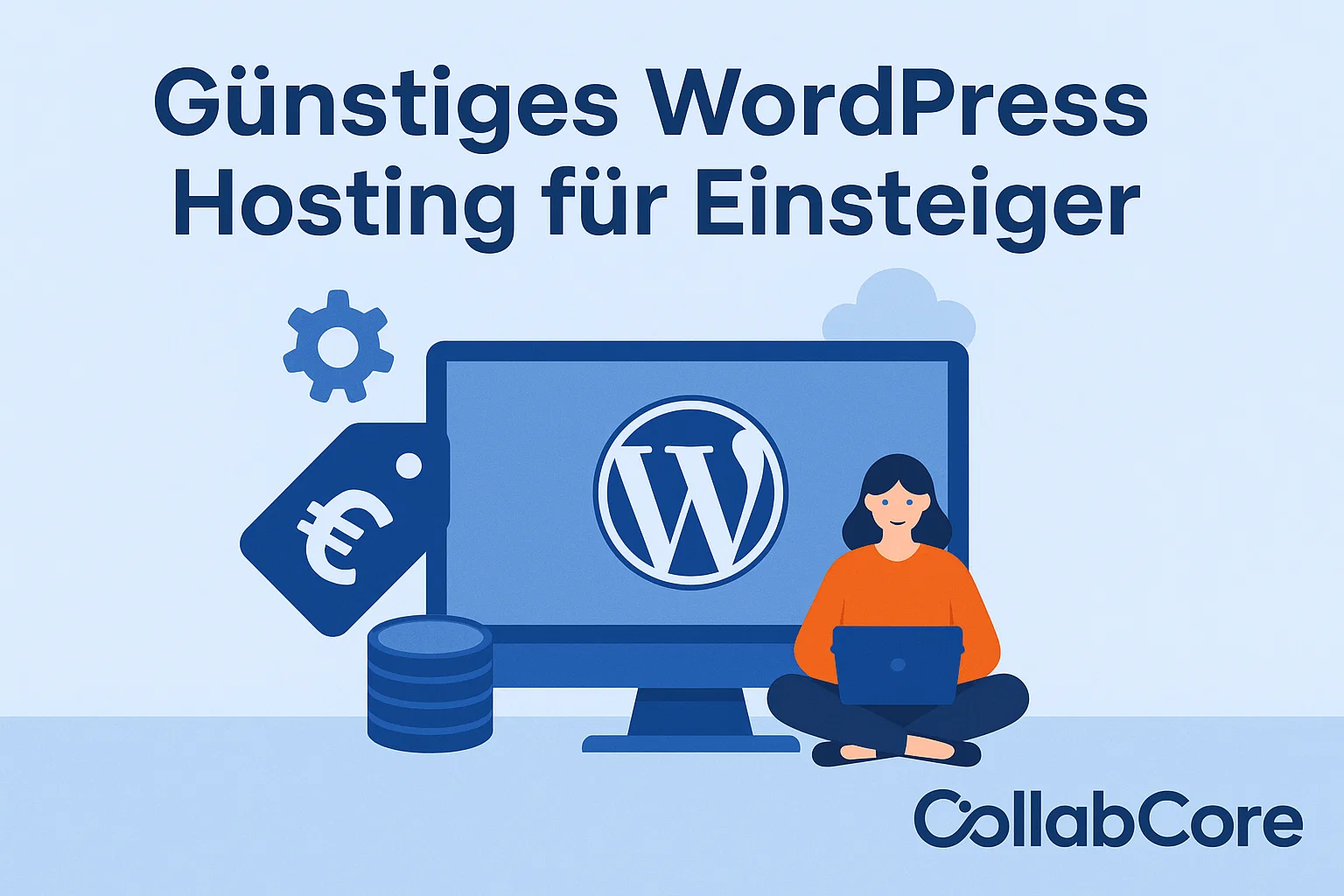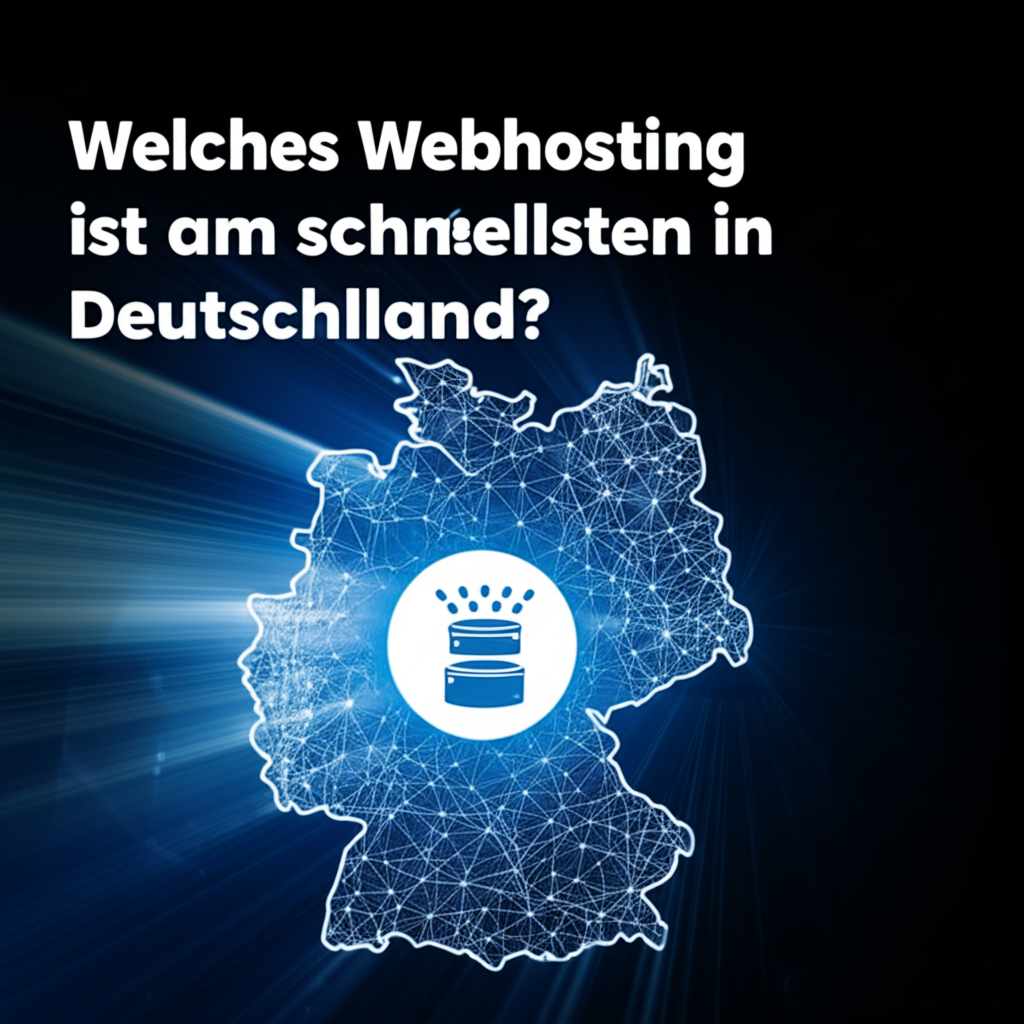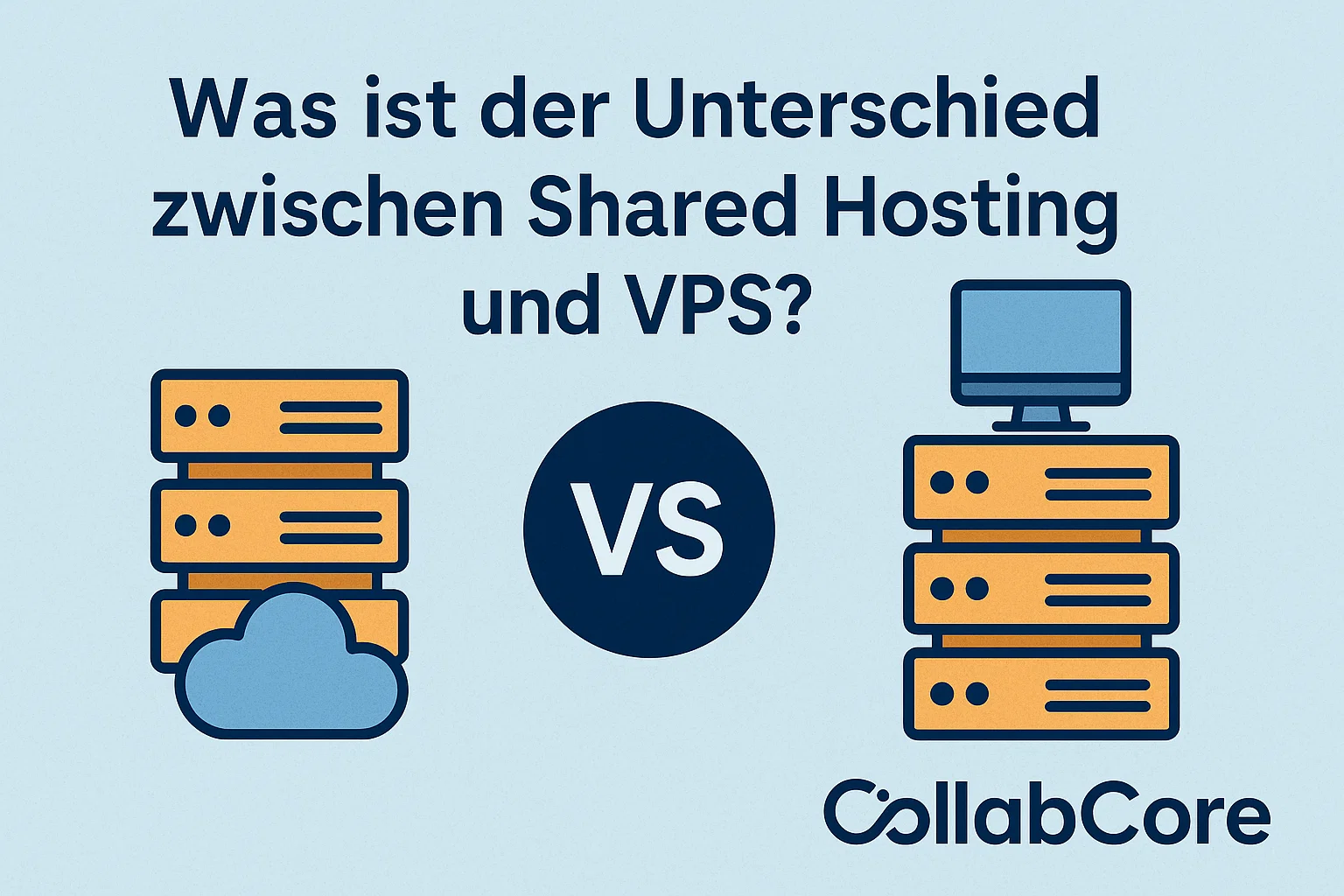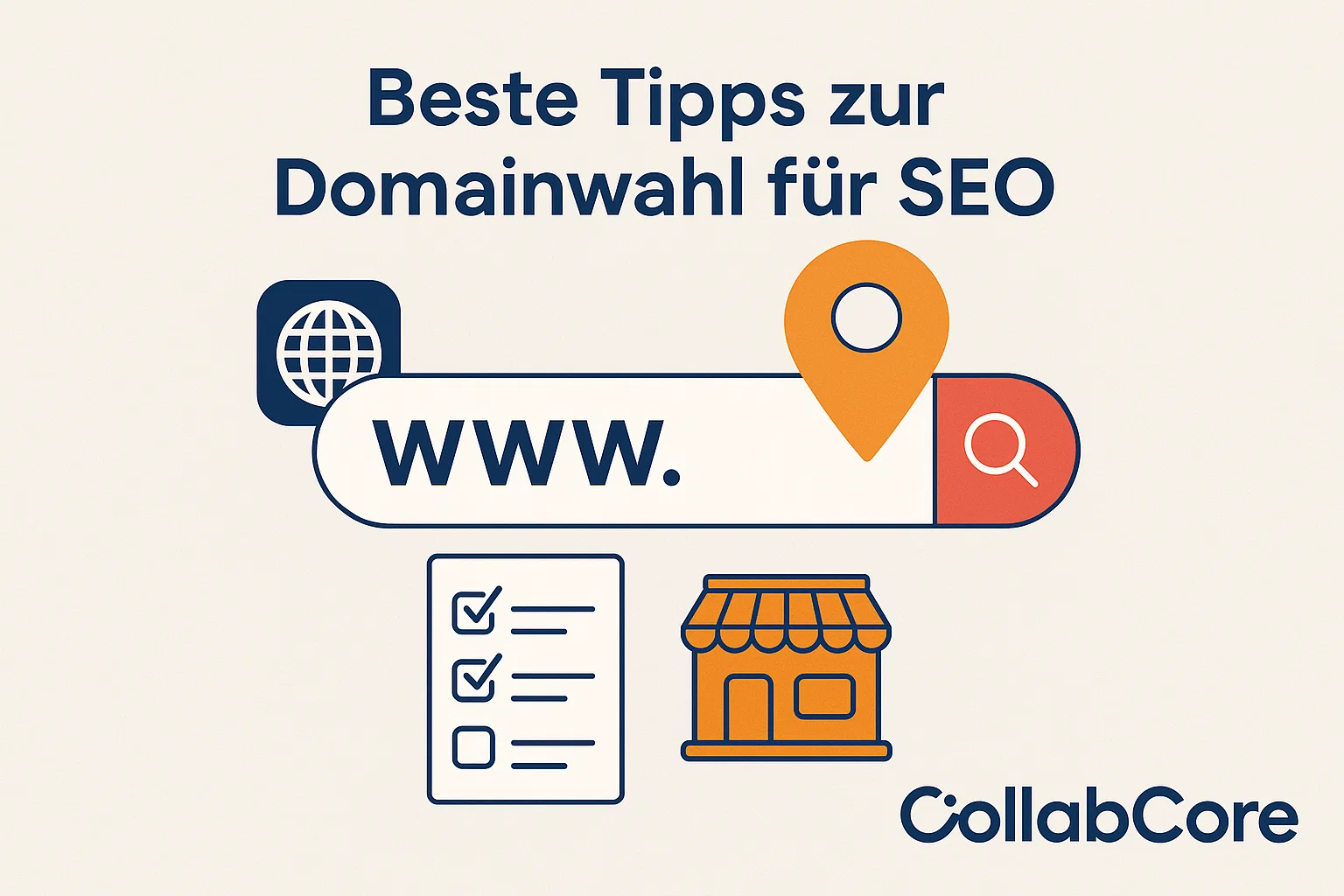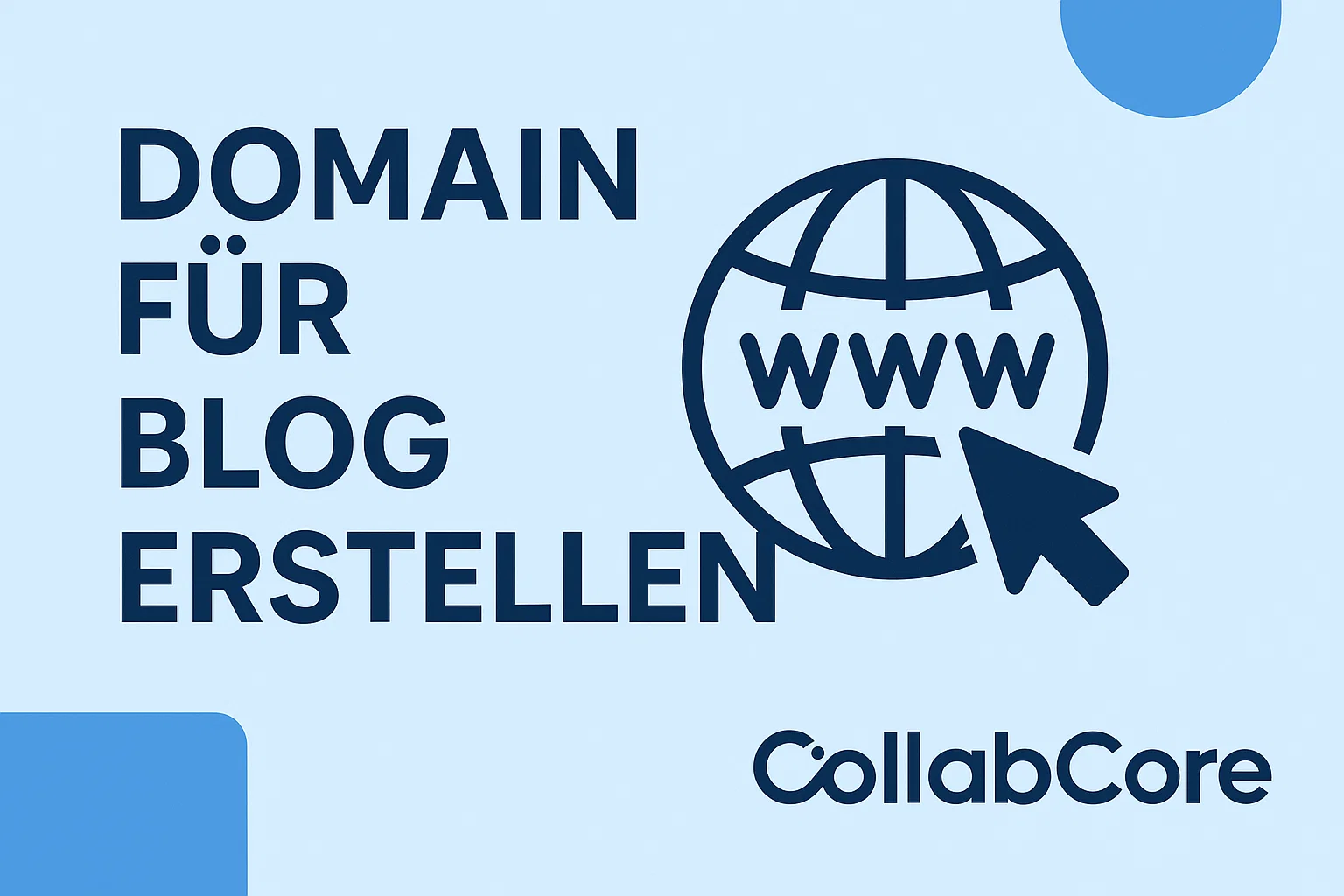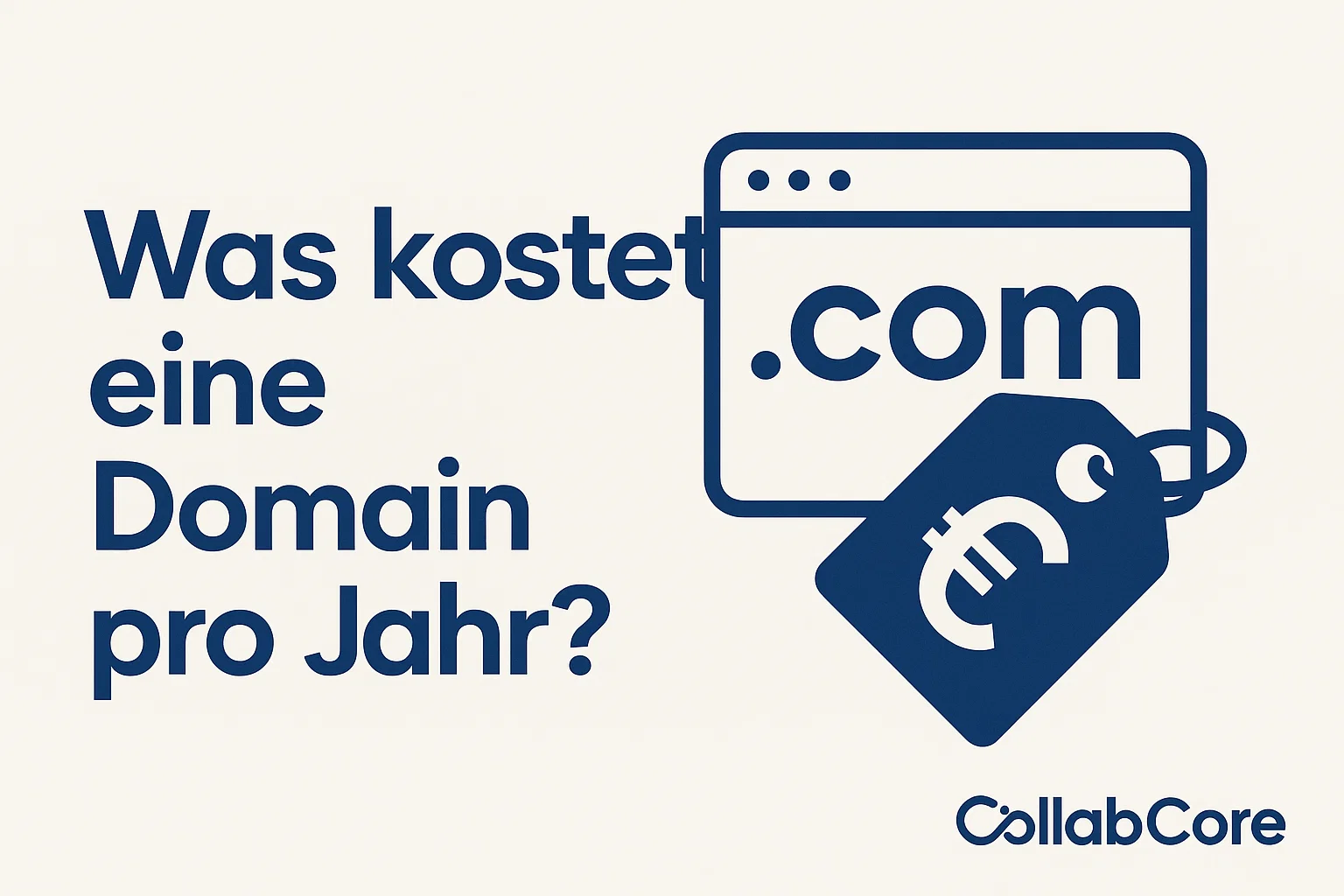Organizing content in WordPress is crucial for delivering a user-friendly and visually appealing website. With a variety of elements and tools at your disposal, you can create an intuitive structure that enhances user experience and boosts engagement. Here’s how to effectively use WordPress’s features to organize your content.
Categories and Tags
Categories and tags are essential for organizing posts and making it easy for users to find related content.
- Categories:
- Use categories to group broad topics.
- Assign one primary category per post for clarity.
- Go to Posts > Categories to create, edit, and manage categories.
- Tags:
- Use tags for specific topics or keywords within a post.
- Avoid overloading posts with too many tags to prevent clutter.
- Manage tags under Posts > Tags.
Pages vs. Posts
Understanding the difference between pages and posts helps you structure your content effectively:
- Pages:
- Best for static content like About Us, Contact, and Services.
- Organized hierarchically with parent and child pages.
- Posts:
- Ideal for dynamic content like blogs and news updates.
- Organized chronologically and can be grouped with categories and tags.
Menus and Navigation
Menus provide a structured way for visitors to explore your site. Here’s how to set them up:
- Go to Appearance > Menus.
- Add pages, categories, or custom links to your menu.
- Use drag-and-drop to reorder items.
- Create dropdowns by nesting menu items under a parent item.
- Assign menus to specific locations, like the header or footer.
Widgets and Sidebars
Widgets are tools you can place in designated areas like sidebars or footers to enhance navigation and functionality.
- Go to Appearance > Widgets.
- Drag and drop widgets like Recent Posts, Categories, or Search into widget areas.
- Customize widget settings for better usability.
Using the Block Editor Effectively
The block editor (Gutenberg) provides flexible elements to structure your content:
- Headings: Use proper heading hierarchy (H1, H2, H3) to improve readability and SEO.
- Columns: Arrange content side by side for a professional layout.
- Group Blocks: Combine multiple blocks into a group for easier management.
- Reusable Blocks: Save commonly used layouts or elements as reusable blocks.
Custom Post Types
For specialized content like portfolios or testimonials, consider creating custom post types:
- Use plugins like “Custom Post Type UI” to add new post types.
- Assign taxonomies and templates specific to the custom post type.
Content Scheduling and Revisions
- Schedule Posts:
- Plan your content by scheduling posts to publish at a specific date and time.
- Use the “Publish” settings in the editor to schedule.
- Revisions:
- Access previous versions of posts or pages to recover edits.
- Revisions are available in the editor under “Post > Revisions.”
Internal Linking and Call-to-Actions
- Internal Links: Link to other posts and pages within your site to improve navigation and SEO.
- Call-to-Actions (CTAs): Use buttons or banners to guide users toward desired actions, like signing up or purchasing.
Conclusion
Organizing content in WordPress doesn’t have to be overwhelming. By leveraging categories, tags, menus, widgets, and the block editor, you can create a well-structured and engaging website. Take advantage of these tools to provide a seamless experience for your visitors while enhancing your site’s functionality and design.




